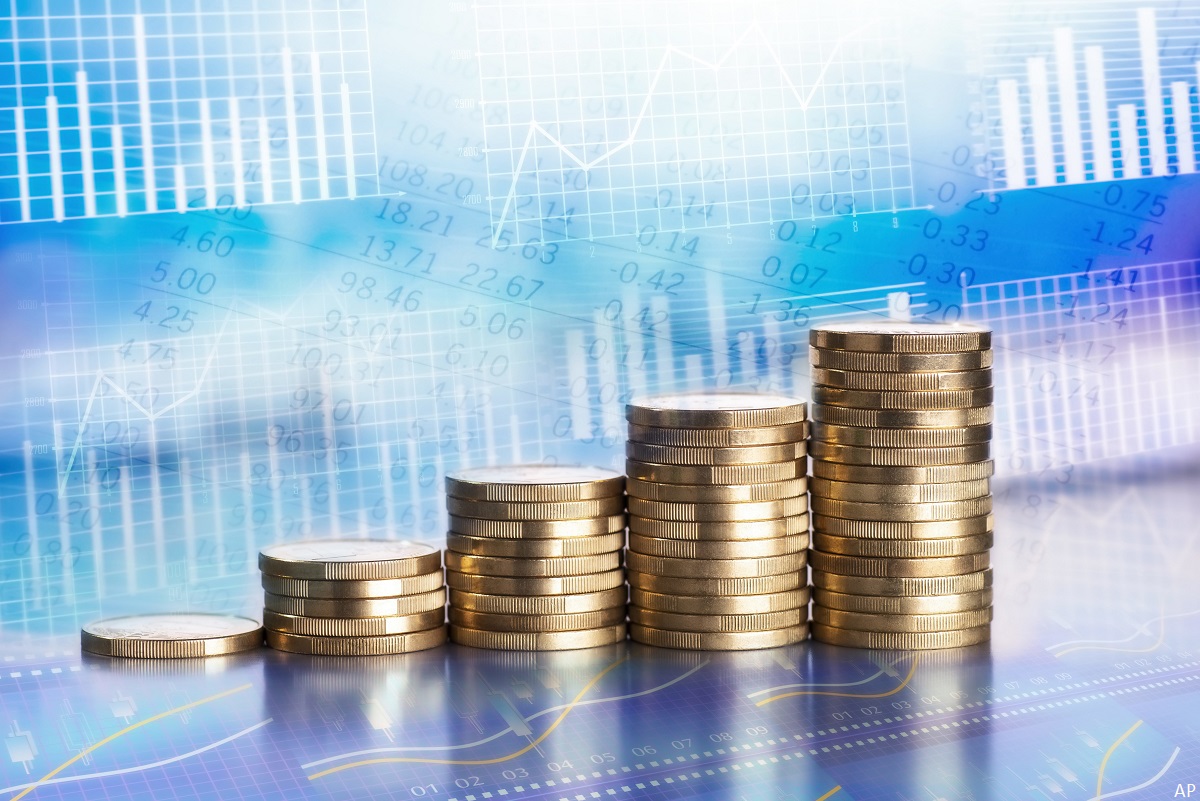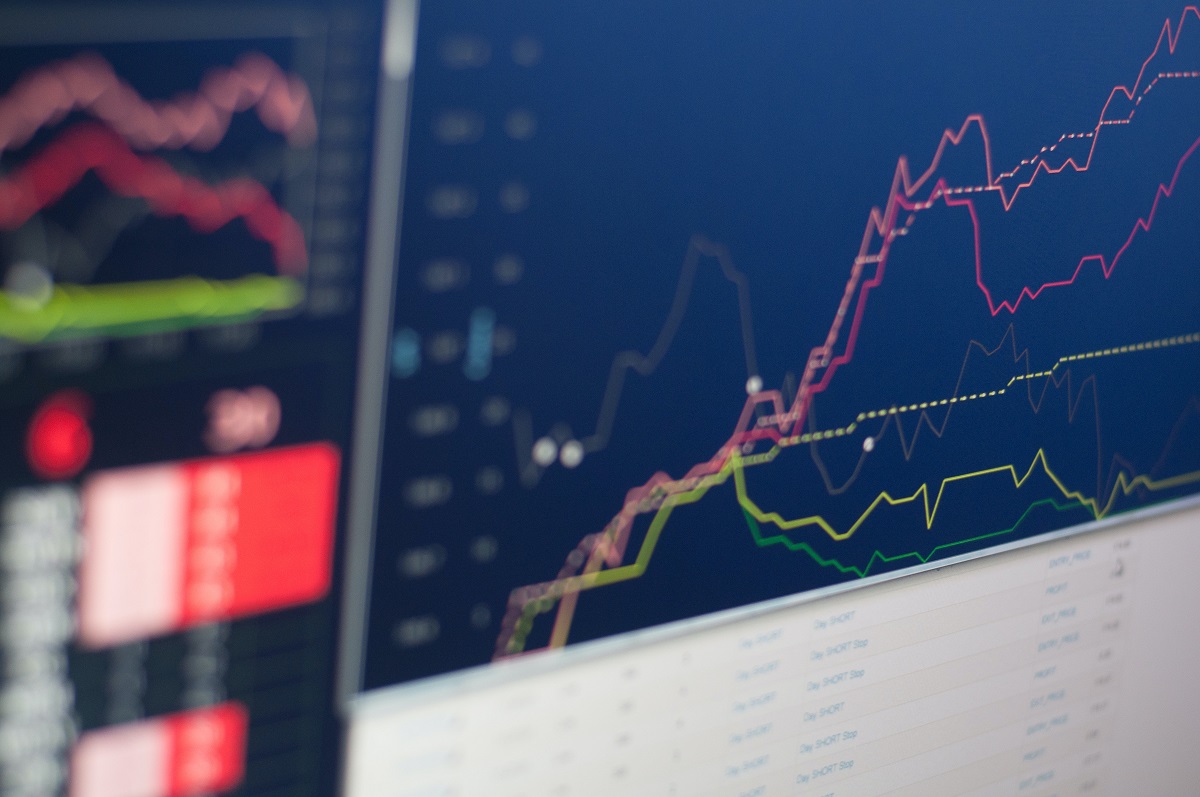
The utilities sector, a staple in the broader defensive category, has long been a reliable hedge against stock market volatility. As share prices fluctuate for more market-sensitive businesses, utilities tend to deliver more stable returns for investors. 2022 proved this theory, as the utilities sector ended the year with minimal losses while the broader market slumped. The Morningstar Developed Markets Utilities Index, a collection of electric, gas, and water utility stocks from around the developed world, ended 2022 with a 3.88% loss, while the broader Morningstar Developed Markets Index dropped 18.13% for the year.
Dividends Continue to Power Utilities Forward
Part of the reason for the sector’s outperformance last year is that utilities stocks tend to offer competitive and reliable dividend payouts. These yields often seem particularly attractive to investors during periods of economic uncertainty, when many are scrambling for predictable returns. This explains why, as recession fears escalated in 2022 and more volatile sectors collapsed, utilities largely managed to stay afloat.
Morningstar’s energy and utilities strategist Travis Miller expects the sector’s durability to continue. He also anticipates all of the companies he covers to raise their dividends in 2023, citing a positive earnings growth trajectory for the sector. “Utilities’ balance sheets are strong, dividends are well-covered, and we expect most companies can grow earnings 5%-7% annually for at least the next five years,” Miller wrote in a recent sector outlook.
From Short-Term Defense to Long-Term Growth
While our analysts expect utilities stocks to retain their defensive position in the coming years, macroeconomic shifts may even nudge the sector toward long-term growth. As developed economies across the world seek to limit their carbon emissions, companies that produce and distribute electricity are likely to benefit. Miller posits that growth in clean energy, electric vehicles, and grid upgrades will likely increase demand for renewable utilities, boosting the sector’s potential for long-term growth. If dividends continue to yield upwards of 3.5%, he predicts an average return of 8-10% in the coming decades.
“This is the best utilities growth environment that we’ve seen in decades,” writes Miller, who has covered utilities at Morningstar since 2007. “When you combine those big macro themes of electrification and clean energy, we’re seeing utilities with growth prospects that we haven’t seen in many, many, many years. And these aren’t just growth prospects for the next year or two. This is growth that we think can last for a decade or more,” he adds.
To take advantage of this upswing, Morningstar’s equity strategist Andrew Bischof recommends investors specifically consider clean energy utilities that invest in renewables like solar and wind. Not only are these stocks poised to benefit from the global energy transition, but they are exposed to significantly less risk than their more fossil fuel-reliant competitors.
Renewable Utilities Earn Top Sustainability Scores
Since most utilities produce and distribute energy derived from fossil fuels, many stocks in the sector must contend with substantial environmental risks. Given that fossil fuels are a finite resource, and consumers are increasingly demanding alternatives, companies in the energy and utilities sectors often face more risk than firms in other sectors. However, one industry within the utilities sector, known as renewable utilities, anticipates these risks and actively seeks to mitigate them.
Here we’ve highlighted three Canadian companies within the renewable utilities industry that are currently trading at attractive prices. Each of the three firms mentioned here earn a Sustainalytics ESG Risk Rating of medium or low, meaning that they maintain limited exposure to environmental, social, and governance risks while effectively managing the risks that they do face. Canadian investors seeking both durability and growth may want to consider adding these highly sustainable, dividend-paying utilities stocks to their portfolio.
Northland Power Inc (NPI)
- Price/Fair Value: 0.70%
- Forward Dividend Yield: 4.41%
- Sustainalytics ESG Risk Score: 25.49
“Northland Power is a global power producer focused on developing, owning, and operating clean power infrastructure assets. Northland’s strategy greatly evolved following its appointment of Mike Crawley as CEO in 2018. Historically a developer, owner, and operator of clean power assets largely in Canada, Crawley embarked on establishing a more global presence with a focus on offshore wind. The company has executed well against this strategic vision and has a leadership position within the offshore wind industry.
Our expected five-year growth in adjusted EBITDA is in line with the company’s 7%-10% target. The growth is primarily driven by offshore wind and onshore renewables. Offshore wind results are expected to rebound from below long-term levels in recent years due to nonrecurring items. Additionally, offshore wind contribution will see a step change in 2026-27 with the addition of a trio of projects—Hai Long (Taiwan), Baltic Power (Poland), and Nordsee Two (Germany). This lumpy growth in offshore is complemented by steady growth in onshore renewables.”
-Equity Analyst Brett Castelli
Brookfield Renewable Corp (BEPC)
- Price/Fair Value: 0.89%
- Forward Dividend Yield: 4.46%
- Sustainalytics ESG Risk Score: 18.84
“Brookfield Renewable holds a well-diversified global portfolio of clean energy technologies assets. The company targets 12%-15% returns via a combination of organic growth and mergers and acquisitions. Brookfield utilizes a primarily contrarian approach to M&A.
Brookfield Renewable’s portfolio has historically been heavily weighted toward hydro generation, but that has changed in recent years given outsize growth in wind and solar. Hydro has decreased from approximately 80%-85% of the company five years ago to approximately 50% today. We expect hydro to continue to decline as a percentage of cash flow over time, given relatively limited growth opportunities when compared with wind and solar. Solar has increased to 15%-20% of the portfolio as of 2022 and management has outlined robust growth plans expecting it to be the largest energy source in the long term.”
-Equity Analyst Brett Castelli
Boralex Inc (BLX)
- Price/Fair Value: 0.80%
- Forward Dividend Yield: 1.83%
- Sustainalytics ESG Risk Score: 21.48
"Boralex is an independent power producer focused on the development and operation of renewable energy facilities in North America and Europe. We view Boralex as a strong developer of renewables amid an increasingly competitive backdrop. We credit the company for its historical focus on under-the-radar and generally smaller projects compared with peers.
Our five-year explicit forecast assumes financial results at or above the high end of management’s 2025 targets. The optimism behind our forecast is driven by robust power prices benefiting the company’s French wind portfolio over the next few years before normalizing in our long-term outlook. For the balance of the asset portfolio, we expect average revenue per megawatt-hour to modestly decline as new projects are placed into service with generally lower contracted rates than legacy projects.”
-Equity Analyst Brett Castelli









:quality(80)/cloudfront-us-east-1.images.arcpublishing.com/morningstar/U746MWXQHFFZPLSMTEJSUD7HLY.png)












